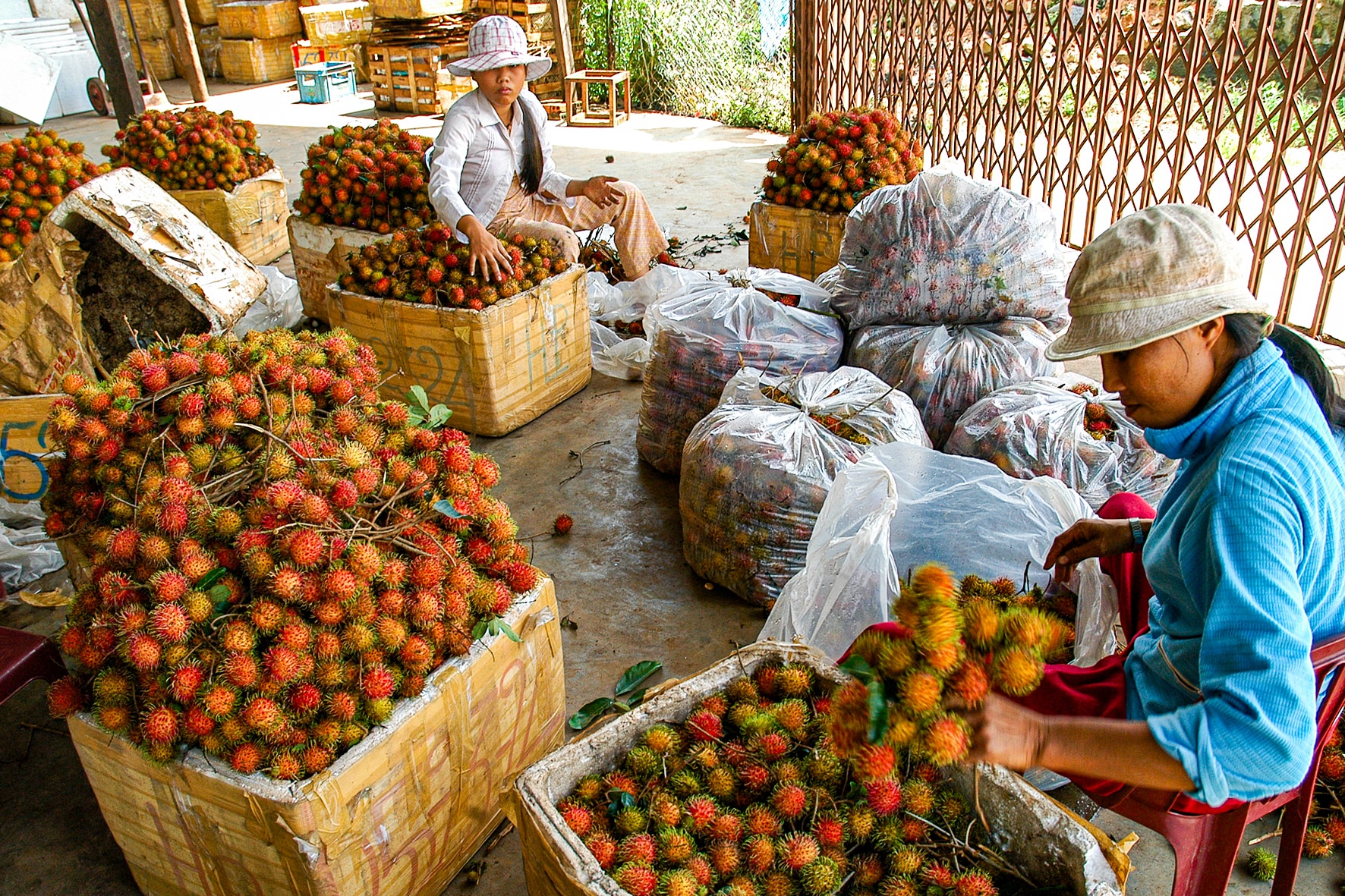
Sustainable rich village
I returned to the Ro Mo fruit growing area, village 10, Nam Thanh commune in mid-October. To get here, from the administrative center of the "land of thousands of flowers" province or from the "blue sea" Phan Thiet region, you have to travel a distance of more than 170 km. Ro Mo has been famous as a fruit growing area for many years, many people say that the Ro Mo fruit brand has existed since before liberation when this land was cleared by farmers to grow fruit trees. Ro Mo is located on a high ridge between intertwined hills, more than 10 km from the administrative center of Nam Thanh commune. The village is quite isolated from other regions, so it has a temperate climate due to the influence of the weather from the Di Linh plateau. Thanks to the good climate combined with the nutrient-rich red basalt soil, the crops grown here are quite good, the quality of the fruits is therefore much better than in other regions.
Mr. Tran Cong Hoi - Secretary of the Party Cell of Hamlet 10 took me to visit the orchards in the village. The durian had been harvested, leaving only green avocado orchards with fruits hanging from the branches. Avocados were grown off-season by the people, according to export standards, so the selling price was quite high, over 40,000 VND/kg in the garden. Mr. Hoi said: “About 15 years ago, Ro Mo was famous for its sweet tangerines, longans, mangosteens, and Thai jackfruit, but when the prices of longans and tangerines dropped, most people switched to growing durian. Hamlet 10 has 86 permanent households, most of whom work on the farm, but everyone is well off and rich. There are no poor or near-poor households in the village. Notably, there are many households in the village that are farmers and good producers at the commune and provincial levels.” As for Mr. Tran Cong Hoi, although still young, born in 1981, but in 1996 he started gardening in Ro Mo, currently has 6 hectares of durian being harvested, each year net profit is not less than 3 billion VND.
Talking to me, Mr. Vo Van Loc - former village chief, former party cell secretary, a typical example in the fruit tree growing movement, a good farmer at the provincial level in 2020 said that he is currently cultivating 5 hectares of durian, earning a profit of 3 - 4 billion VND per year. Sitting next to him were Mr. Doan Van Nhan and Mr. Nguyen Thuy, good farmers and businessmen at the provincial level, each of whom owns 10 hectares of durian, earning an annual profit of no less than 6 billion VND from durian.
To have a high-quality specialized fruit growing area with an income of billions of dong as today, farmers have also experienced many "storms" in the profession. Farmers not only persevere with the type of crop, spending time and money, but also have to be sensitive to the market mechanism. Mr. Duc in Sung Nhon 2 village, Nam Thanh commune, who specializes in purchasing agricultural products to supply to businesses, has been in the profession for nearly 20 years and confided: “15 years ago, many sweet tangerine, mangosteen, and avocado gardens, although not profitable, were stable. However, grasping the trend that durian consumption would increase, many households cut down tangerine gardens, learned from experience to intercrop durian, some households cut down entire gardens worth hundreds of millions of dong to specialize in durian. To be honest, at that time, I felt sorry because the fruit market is very unpredictable, like a “double-edged sword” that can be very successful but also has many risks. However, by boldly converting crops, changing farming practices, and applying scientific advances to gardens, farmers in Nam Thanh commune have enjoyed many “sweet fruit” seasons, especially in the past 3 years when they made a fortune of billions of dong from durian...”.
Regarding village 10, village Party Secretary Tran Cong Hoi boasted that the village has no near-poor or poor households and has been a rich village since 2015 and has maintained it sustainably until now. It's just that in the village, every household has a fairly large durian cultivation area, the least is 2 hectares, the most is several dozen hectares. Thanks to that, the annual income of the lowest households is not less than 1 billion VND...
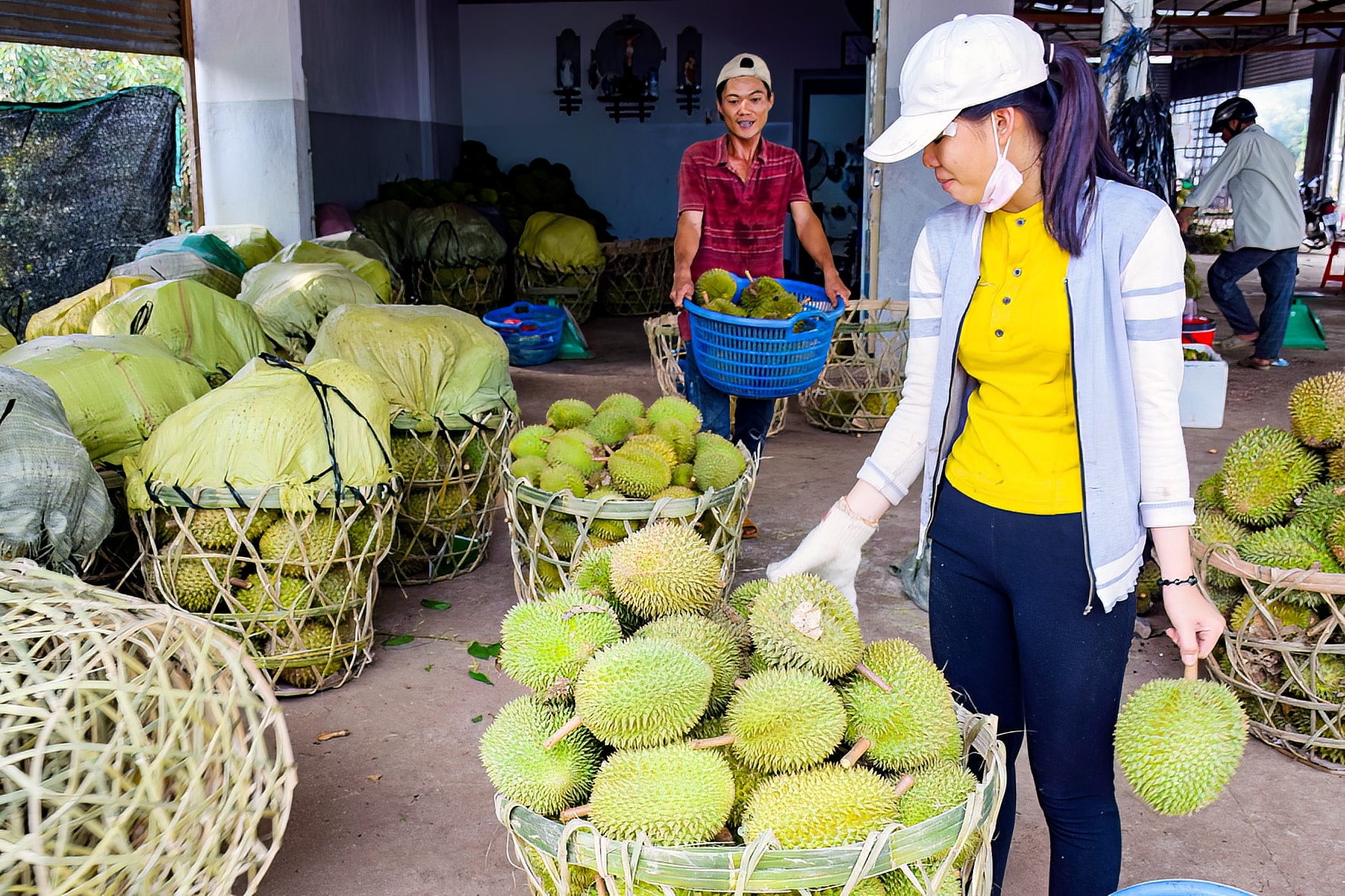
Struggling with growing area codes
Not only in Ro Mo, Nam Thanh also has many households getting rich from growing fruit trees. In the Ta Pua area, there are also many stories of farmers earning billions from durian. Here, the Ta Pua - Me Pu durian cooperative was established, guiding farmers to register growing area codes, and follow VietGAP standards for export. According to statistics of the People's Committee of Nam Thanh commune, the whole commune has 2,200 hectares of fruit trees, of which the durian area is 1,500 hectares, the harvested area is 1,200 hectares, the yield is 240 quintals/ha, the output is 28,800 tons. The fruit growing area in Nam Thanh commune is concentrated in 3 areas: Da Kai (Ro Mo), Sung Nhon and Me Pu (Ta Pua). Durian trees are grown throughout the commune. However, in terms of the advantage of better quality growing areas, due to the terrain, the Da Kai and Ta Pua - Me Pu areas have an advantage. Because the terrain in Da Kai and Ta Pua areas is steeper than Sung Nhon area, durian trees are suitable for sloping planting areas for easy drainage, minimizing waterlogging and root fungus.
Mr. Tran Cao Tung - Head of the Economic Department of Nam Thanh Commune said: In Sung Nhon Commune, there are 2 durian cooperatives including Ta Pua - Me Pu durian cooperative and Doi Lo O - Sung Nhon durian cooperative and 1 Ro Mo durian cooperative (Da Kai). The area that has been granted a growing area code in the commune is 10 codes/537.3 hectares.
There is one thing that many durian growers in Nam Thanh are concerned about, which is whether or not the planting area code will be exploited after being granted. Mr. Thuong, who grows nearly 20 hectares of durian in Ro Mo and was granted a planting area code, confided: “Many businesses cooperate to make planting area codes for households. When there is a planting area code, businesses mix goods from other places into the goods area of Ro Mo and in Nam Thanh commune - where the planting area code is registered, then export, while the person with the planting area code does not know, and the commune cannot manage it. This is a loophole in the legality, businesses "doing it carelessly" chasing after profits will very easily cause damage to people who register the planting area code.”
According to Mr. Tran Cao Tung, this situation has not happened in Nam Thanh yet, but some other provinces have experienced it. Goods were returned by foreign countries due to poor quality, but when the growing area was inspected, it was discovered that the enterprise had used the trick of "putting this man's beard on that woman's chin". Why are some other provinces and cities growing durian and some other fruits exported to China being returned due to pesticide residue, while in Ro Mo and Nam Thanh commune, it is not the case? Mr. Tung said that most of the durian growing area in the commune follows the VietGAP process, has a region code, and growers monitor each other. If anyone abuses pesticides, people in the area will "tell each other" and the purchasing and exporting enterprise will know. Therefore, no one "harms themselves". However, the situation is happening, so it is recommended that relevant sectors monitor...
Secretary of the Party Cell of Village 10, Tran Cong Hoi, confided: “In the village, there are nearly 180 hectares/50 households that have been granted a growing area code, most of the people grow durian according to standards for export. However, when the goods arrive at the enterprise warehouse, people do not know how to preserve and dip the products, so people are very worried that the goods will be returned. This issue requires management and supervision at all levels to protect the people when building a high-quality fruit area for export...”.
Saying goodbye to Nam Thanh, I was quite impressed with the image of solidly built, high-rise houses hidden in the deep green durian and avocado gardens. The economic picture of the Nam Thanh fruit growing area is writing the story of farmers in remote areas but with a mindset and grasp of market trends will bring success...
Source: https://baolamdong.vn/trai-ngot-o-nam-thanh-403429.html








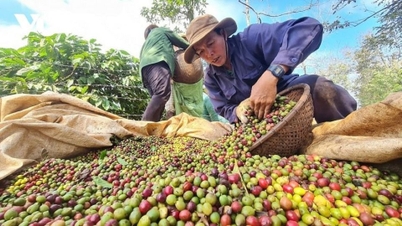


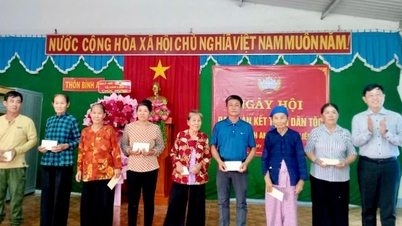
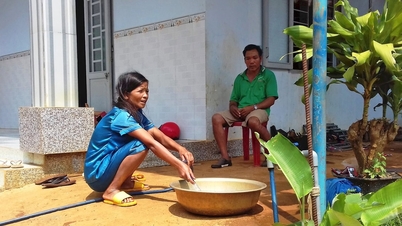










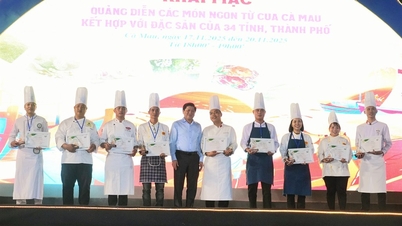











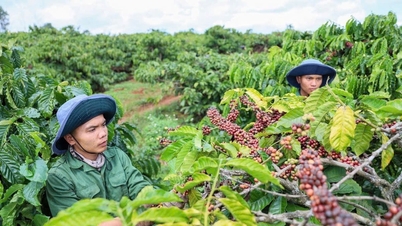
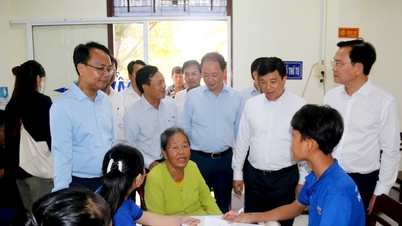


![[Photo] General Secretary To Lam and National Assembly Chairman Tran Thanh Man attend the 80th Anniversary of the Traditional Day of the Vietnamese Inspection Sector](https://vphoto.vietnam.vn/thumb/1200x675/vietnam/resource/IMAGE/2025/11/17/1763356362984_a2-bnd-7940-3561-jpg.webp)





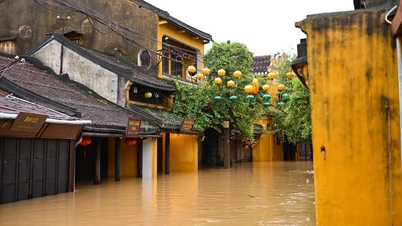

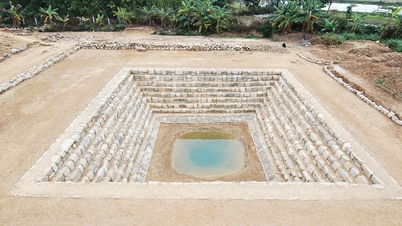

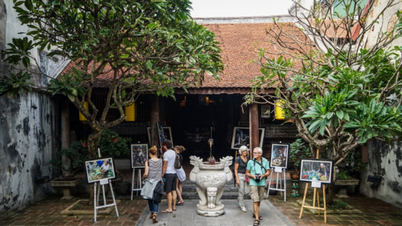











































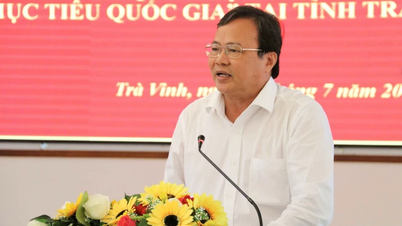







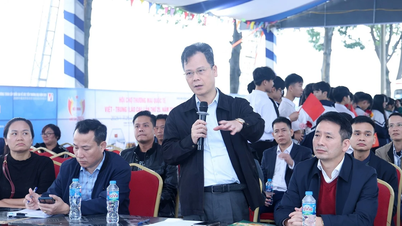










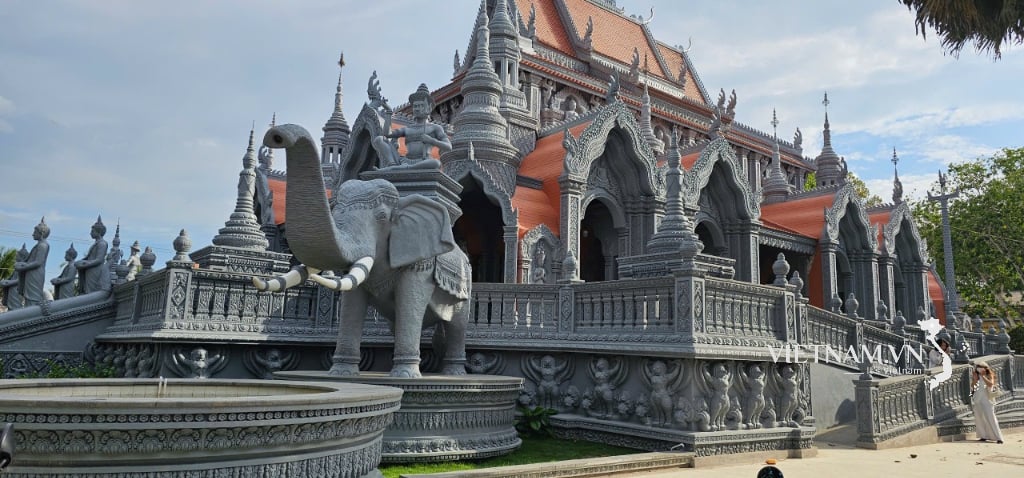



Comment (0)